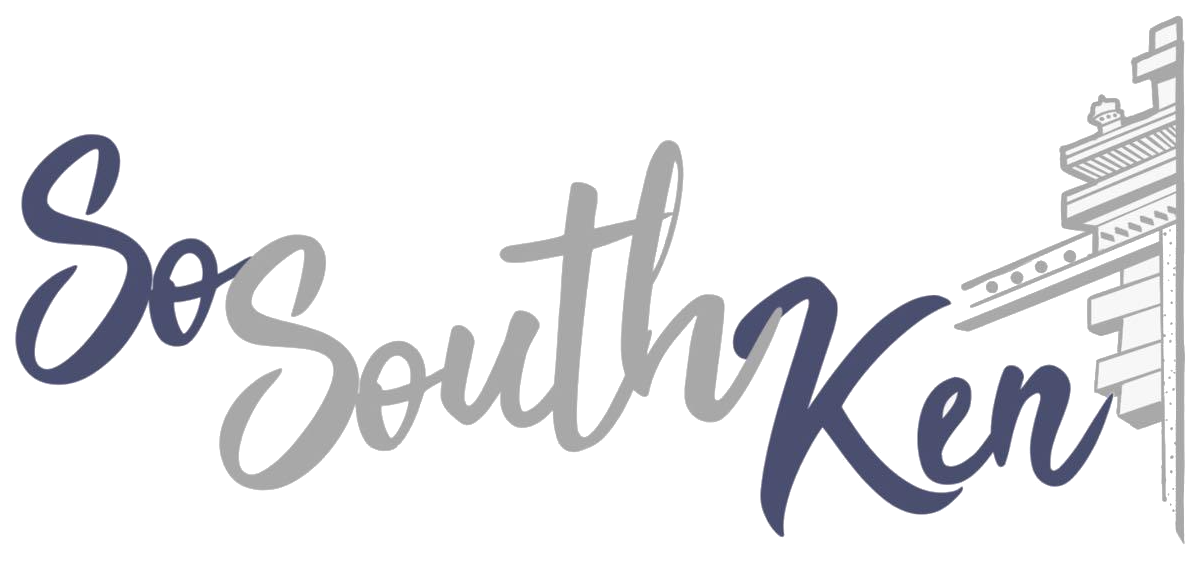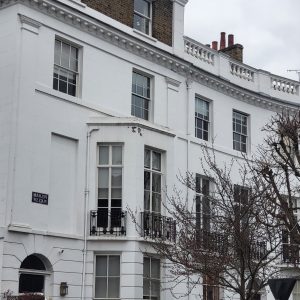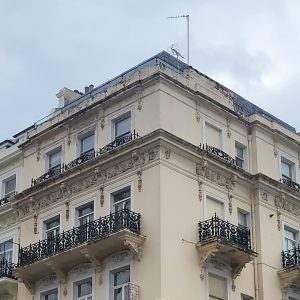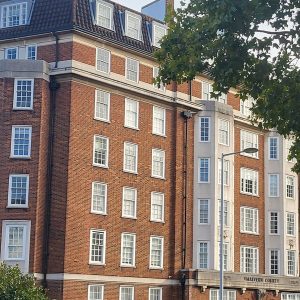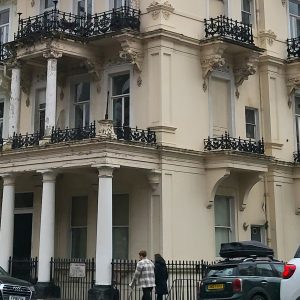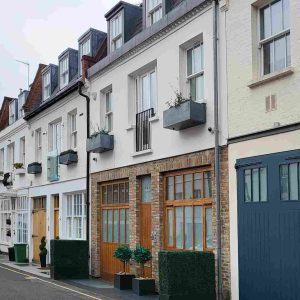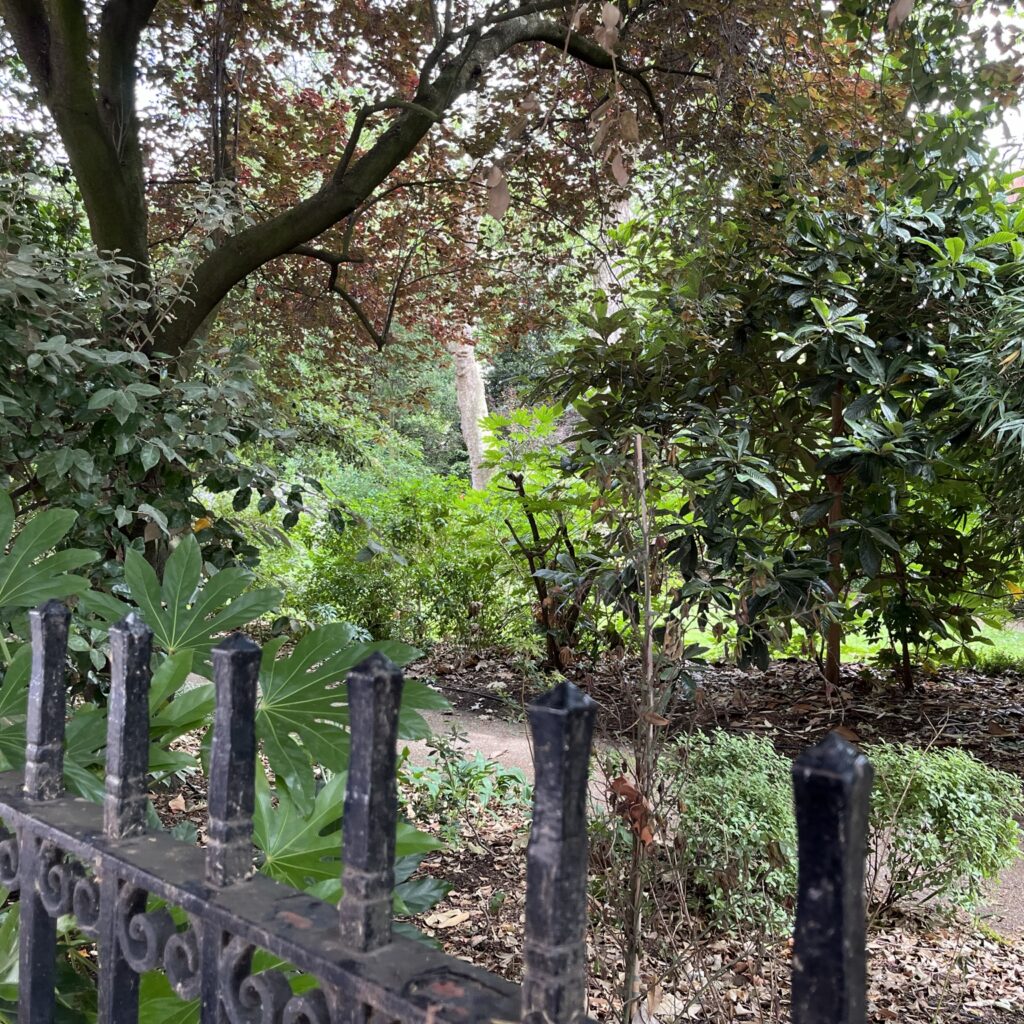Introduction
Ringley is an operating partner and asset manager. We manage estates and buildings as well as homes and businesses for investor Landlords. Our role spans the collection of rent and service charges, asset and property management and a range of professional services through Ringley Law and Ringley Building Surveying. Our focus is to add value through sound estate management strategies and the policing of estate-wide policies that preserve the historic beauty of South Kensington. We hope that by maintaining standards and improving homes, our residents feel at home and continue to love where they live.
Estate Management Scheme
The South Kensington Estate Management Scheme, as with all other such schemes, is vital to preserve the wealth of history that sits within this important estate. This also creates a set of rules to enable the efficient management of the estate and ensures adherence to all of the various regulations and acts applicable to real estate. Ultimately, the purpose of the South Kensington Estate Management Scheme is to maintain and enhance the appeal and value of the area which is a benefit to all residents and owners.
Conservation is also of paramount importance. This is, of course, achieved by the Local Authority implementing the correct planning policies. Historic England also plays a part in monitoring the status of listed buildings. The Estate Management Scheme helps to create a greater awareness for all parties, including the general public, emphasising the environment’s importance and fragility.
One could argue that the façade of the buildings within the Estate is a public asset and must be preserved at all costs.
We are of the opinion that planning policies alone are not enough. The South Kensington Estate Management Scheme is a formal scheme that runs with the land (landowner to landowner) and is enforceable upon all leaseholders too. The Scheme sets out the principles and regulations. It also lists the sanctions against illegal alteration or neglect of the basic maintenance and upkeep of the property, therefore preserving the nature and quality of the estate.
The result is not only the preservation of architectural quality, but also takes into account all of the residents’ interests. It acts as an impact assessment to control any proposals, not only on the building itself, but also the or the effect of the area and its surroundings.
Why The South Kensington Estate Must Be Conserved?
The townscape and architectural design of The South Kensington Estate, and the areas surrounding it, had a deep influence on how the area was developed. Whilst, over time, there are distinct changes in the architectural styles, there is still a common thread that runs through the Estate in terms of the layout of squares, crescents and terraces. Preserving the feel of these common themes is tantamount.
Conservation and Planning
Much of the post-war legislation, introduced since the 1947 Town & Country Planning Act, has provided frameworks that have provided a greater appreciation of the importance of the built heritage. This is particularly relevant in important inner-city areas. The aim has been to maintain a connection with the past by restricting drastic design and layout changes.
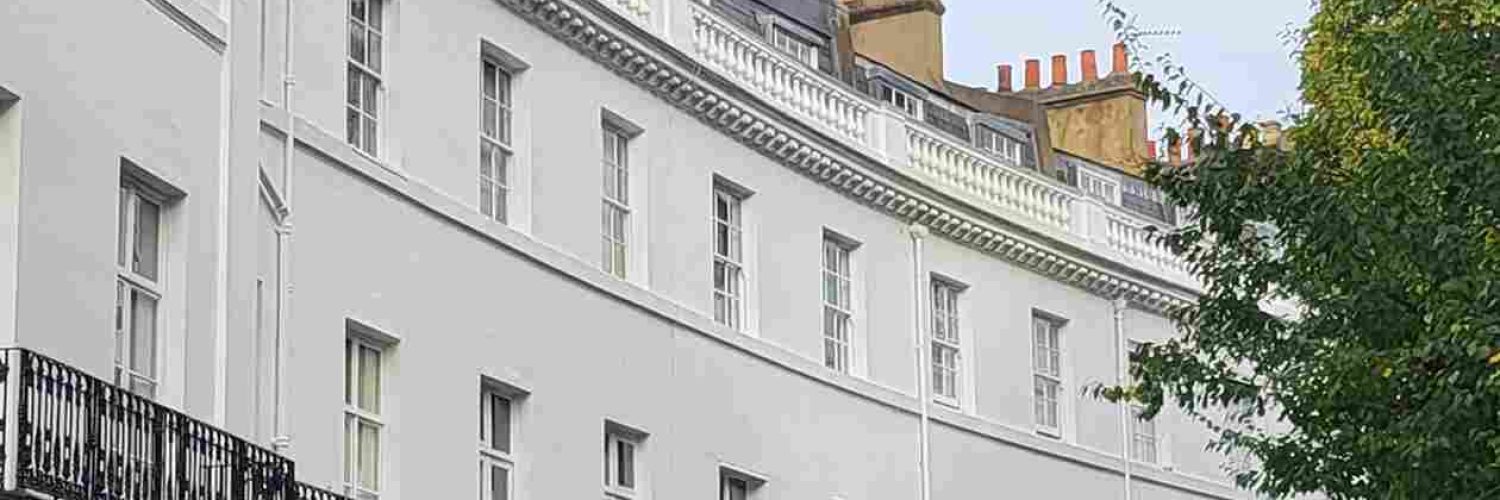
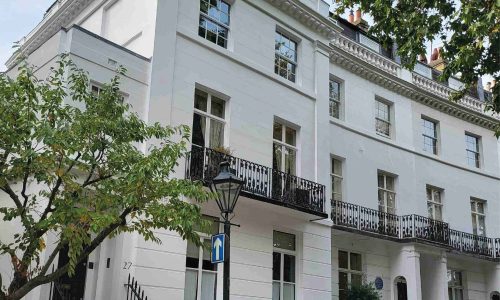
Conservation Policies
Leasehold enfranchisement legislation was put in place in 1967 for properties that meet the prescribed rateable value.
Amongst many changes, it stressed the need to conserve important estates, as well as incorporating provisions in order to create Estate Management Schemes.
The Scheme Explained
The purpose of the South Kensington Estate Management Scheme is to enable the protection and preservation of the beauty and aesthetics of South Kensington. It is also to regulate future development work in partnership with the owners.
Who Does it Affect?
All property owners and residents within the Estate are required to meet the obligations and conditions of the Scheme. This includes the enfranchised owners who may well have purchased houses under the various Leasehold Reform Acts.
Obligations within the Scheme
An owner’s obligations are set out in the Scheme’s covenants as written within the Deeds of all properties within it. The Estate Manager, acting on behalf of the Estate owner, can legally enforce the terms and conditions contained therein, as well as the covenants in any of the lease. There are restrictions under the First Schedule with regard to nuisance, alterations to a property, appearance of the property and trees on the property.
The Scheme also requires the residents to keep their homes in good condition, maintain the garden areas, allow periodic inspections, respect the regulations and to make good any breaches. They are also required to insure the property and make good any damages. There is an obligation to share the cost of maintenance and upkeep of any common areas – internal or external.
Block Painting
This is the painting of the exterior elevations of all of the homes in a block (invariably a terrace within South Kensington) or a property. By specifying the paint colour, homage is paid to the original architects who set out to present the development as a series of unified terraces instead of as a collection of individual houses.
The Scheme ensures that block painting is carried out regularly to preserve the appearance of the Estate. It does allow, however, the owners and leaseholders of a block to opt for any of the two options for its implementation. They can decide through a Block Representative or follow the procedures mentioned in the Second Schedule.
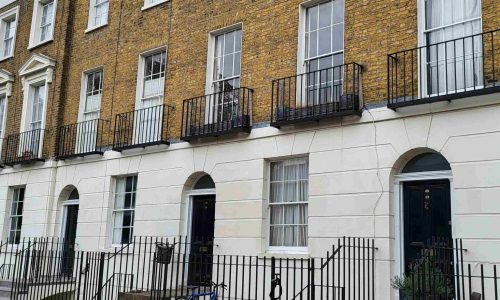
Management of the Garden Squares
The South Kensington Estate is famed for its Garden Squares and there is a large team of gardeners whose sole job is to maintain their upkeep. All property owners within the Estate contribute towards the maintenance of these Squares which are only open for use by residents.
Representation: Owners and Leaseholders
The Scheme allows the owners and leaseholders of properties within the Estate to be on an Executive Committee. This is so they can participate in, and discuss the operation of, the Scheme and ensure its smooth implementation. The Executive Committee has equal representation from all areas of the Estate and must meet at least once a year.
To ensure the smooth running of the Estate, there are established procedures for notifying a change of ownership of freehold properties as it is vital for the managers to have up-to-date and accurate ownership details.
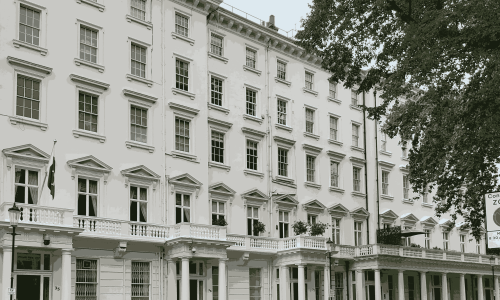
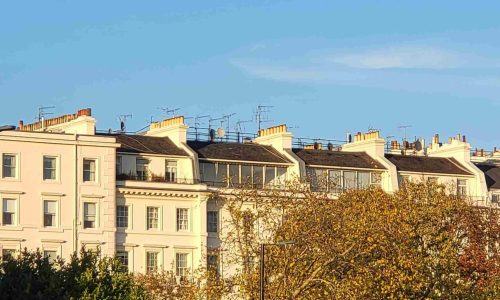
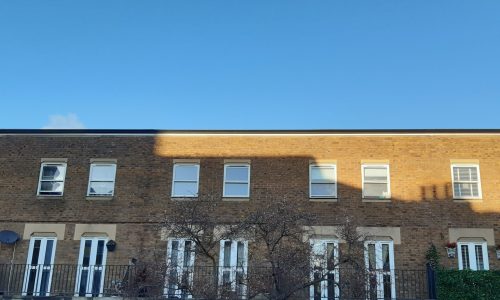
Sharing the Cost
The Scheme states that the cost of all reasonable expenses reasonably incurred by the Executive Committee must be equally shared by all of the owners.
Scheme Policies
Alterations to the external fabric of the building are only permitted with the consent of the Landlord and must, of course, be approved by the Local Authority. Applications for alterations must be clearly specified through drawings and submitted to Ringley as the Landlord’s Agent. The proposals are processed and, if approved, will be licensed by the Landlord’s legal representatives. The applicant is obliged to pay any reasonable professional fees incurred by the Landlord and must also allow the inspection of work right through until the completion stage.
Applicants, with the help of professional advisors, are expected to be fully aware of the detailed guidelines to the Estate policies before proposing any alteration, especially those that will affect the external appearance of the buildings.

